How to Design a Frog Pond: Tips for Creating an Attractive and Functional Pond for Frogs
Designing a frog pond can be a fun and rewarding project that not only adds beauty to your yard but also provides a habitat for these fascinating creatures. Frogs play a vital role in the ecosystem and can help control pests like mosquitoes and flies. However, creating a pond that is attractive and functional for both the frogs and yourself requires careful planning and consideration.
Factors to Consider
Before starting your frog pond project, there are several factors to consider. These include:
- The size and location of your pond
- The depth and shape of the pond
- The materials and plants you will use
- The water source and drainage system
- The safety of the pond for both humans and frogs
Each of these factors plays an important role in creating a successful frog pond. By taking the time to carefully plan and design your pond, you can create a beautiful and functional habitat for frogs that will provide enjoyment for years to come.
Benefits of a Frog Pond
There are several benefits to having a frog pond in your yard. In addition to providing a habitat for frogs, it can also:
- Attract other wildlife like birds and insects
- Improve the overall health and beauty of your yard
- Provide a relaxing and peaceful atmosphere
Whether you are an experienced gardener or just starting out, designing a frog pond is a fun and rewarding project that can have long-lasting benefits for both you and the environment.
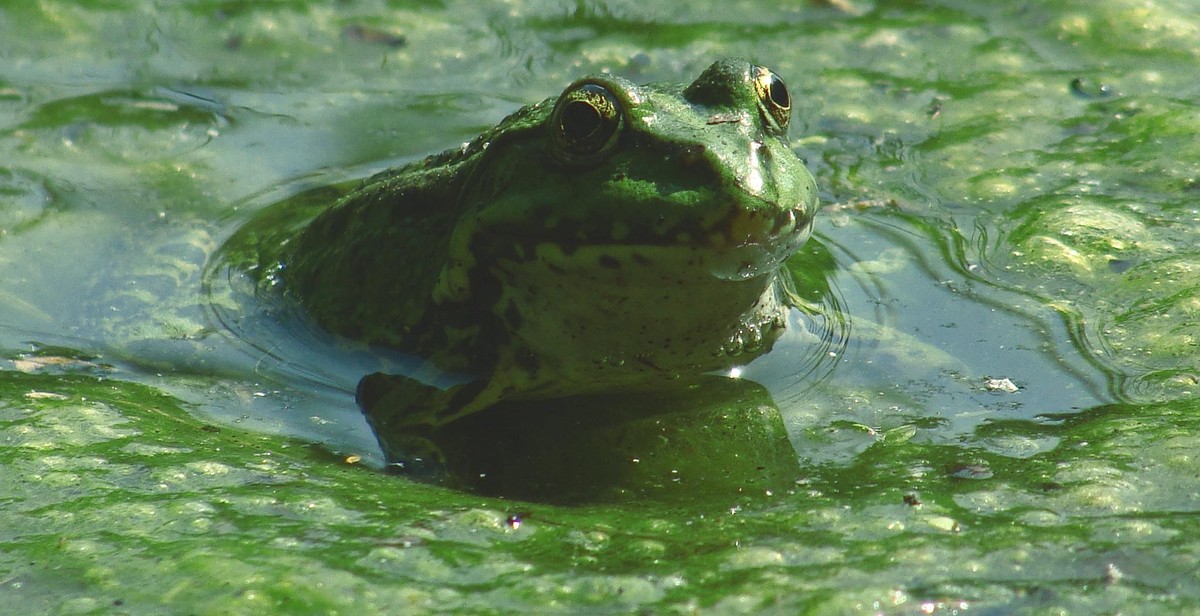
Why Design a Frog Pond?
If you’re a nature lover, designing a frog pond in your backyard can be a great way to attract and observe these fascinating creatures. But beyond the entertainment value, there are many benefits to having a frog pond on your property.
Benefits of Having a Frog Pond
- Control of pests: Frogs are natural predators of insects, and having a frog pond can help control pests in your garden or yard.
- Biodiversity: A frog pond can attract a variety of other wildlife, such as birds and dragonflies, which can increase the biodiversity of your yard.
- Education: For families with children, a frog pond can be a great educational tool, teaching kids about the natural world and the importance of conservation.
- Relaxation: The sound of running water and the presence of wildlife can create a peaceful and relaxing atmosphere in your backyard.
How Frog Ponds Help the Environment
Frog ponds also have environmental benefits beyond your own backyard. By creating a habitat for frogs, you can help support local ecosystems and promote biodiversity in your community.
Frogs are an important part of many ecosystems, serving as both predator and prey. They eat insects and other small animals, helping to control populations and prevent overgrazing. In turn, they are a food source for larger predators, such as birds and snakes. By creating a frog pond, you can help support these natural processes and promote a healthy ecosystem.
| Benefits of a Frog Pond | How it Helps the Environment |
|---|---|
| Control of pests | Prevents overgrazing and promotes natural predator-prey relationships |
| Biodiversity | Increases the variety of wildlife in your yard and supports local ecosystems |
| Education | Teaches children about the natural world and the importance of conservation |
| Relaxation | Creates a peaceful and calming atmosphere in your backyard |
Overall, designing a frog pond can be a great way to enhance your backyard and support local ecosystems. With a little planning and effort, you can create an attractive and functional pond that benefits both you and the environment.
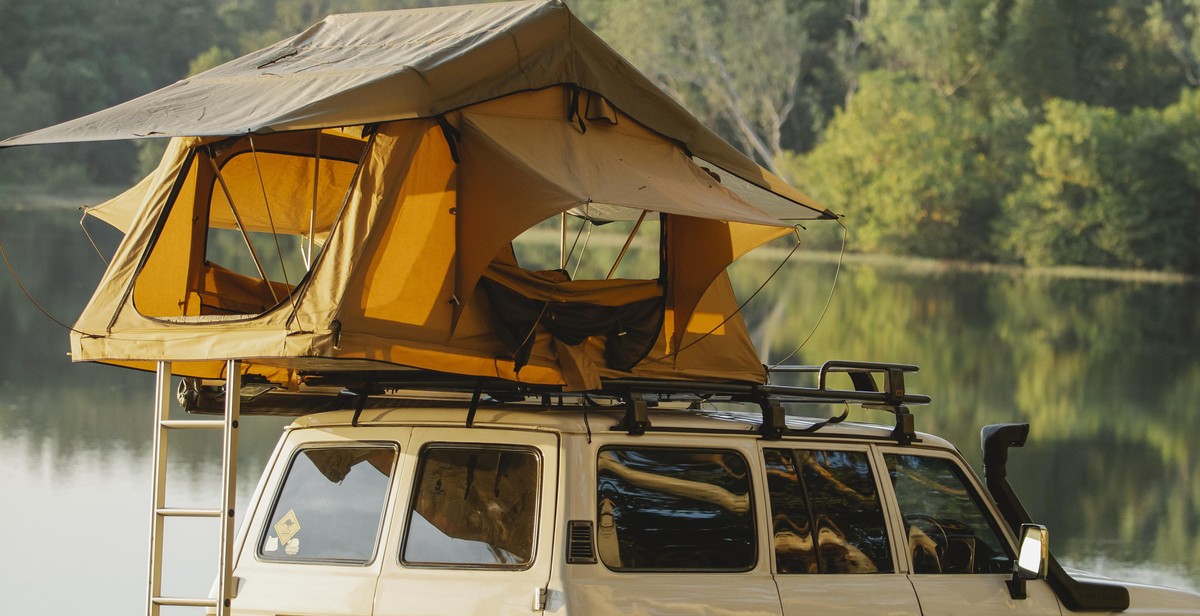
Location and Size: Two Key Factors in Designing a Frog Pond
Designing a frog pond may seem like a simple task, but there are several important factors to consider in order to create an attractive and functional habitat for these amphibians. Two of the most critical factors are choosing the right location and determining the size of your pond.
Choosing the Right Location
The location of your frog pond can greatly impact its success. Frogs require a moist environment, so it is important to choose a location that receives partial shade and is not in direct sunlight all day. Additionally, the location should be away from any potential predators, such as cats or raccoons. It is also important to choose a location that is easily accessible for maintenance and observation.
When choosing a location, consider the surrounding environment. Frogs prefer to live near water sources, such as streams or wetlands, so if possible, choose a location near a natural water source. The surrounding vegetation should also be considered, as it can provide shade and shelter for the frogs.
Determining the Size of Your Pond
The size of your frog pond will depend on several factors, including the number of frogs you wish to attract and the available space in your chosen location. As a general rule, the pond should be at least 2 feet deep and have a surface area of at least 6 square feet. This will provide enough space for the frogs to breed and lay their eggs.
If you have limited space, consider creating a smaller pond or even a container pond. Container ponds can be created using large pots or barrels and are a great option for those with limited outdoor space. Just be sure to choose a container that is at least 2 feet deep and has a volume of at least 50 gallons.
| Size | Minimum Depth | Minimum Surface Area |
|---|---|---|
| Small | 2 feet | 6 square feet |
| Large | 3 feet | 20 square feet |
Remember, the size of your pond will also impact its maintenance requirements. A larger pond may require more frequent cleaning and maintenance, while a smaller pond may need to be refilled more often. Choose a size that is manageable for your lifestyle and available time.
By carefully choosing the right location and determining the appropriate size for your frog pond, you can create a habitat that is both attractive and functional for these fascinating amphibians.
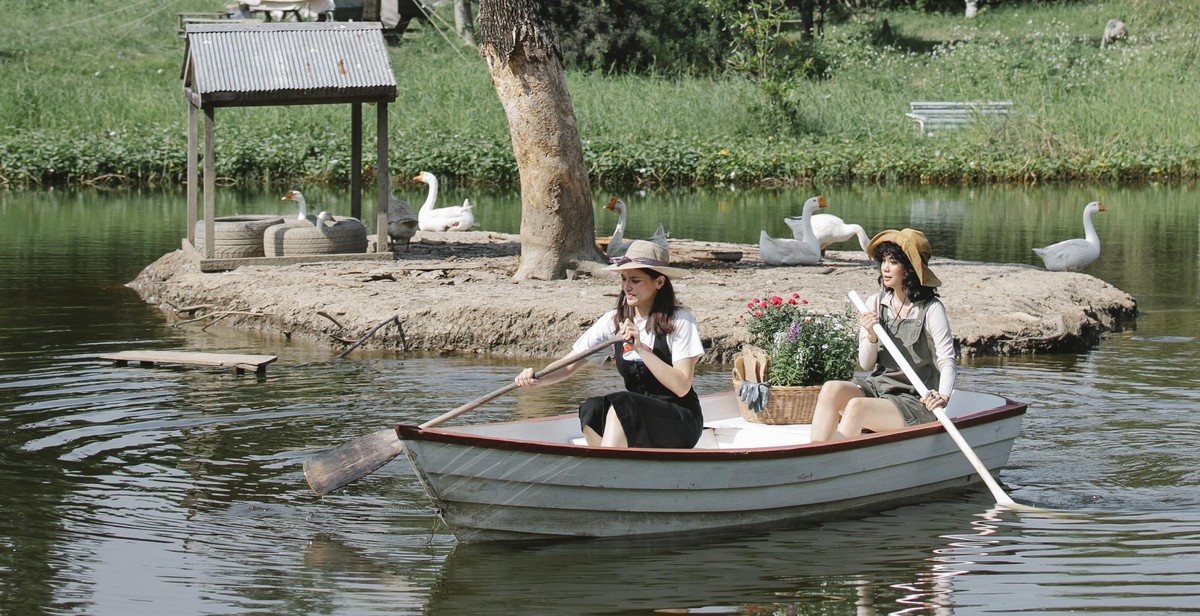
Design and Construction
Choosing the Right Design
When designing a frog pond, it is important to consider the needs of the frogs. Frogs need a shallow area to enter and exit the pond, as well as a deeper area for breeding and hibernating. A sloping edge is also important to allow easy access for the frogs. The shape of the pond can vary, but a circular or kidney shape is ideal for a natural look. Consider the space available and the surrounding landscape when choosing the design.
Materials Needed for Construction
The materials needed for constructing a frog pond will depend on the size and design chosen. Some common materials include liner, rocks, gravel, sand, and plants. A liner is essential to prevent water from seeping into the ground. Rocks and gravel can be used to create a natural look and provide hiding places for the frogs. Sand can be used to level the bottom of the pond. Plants are important for providing oxygen and shelter for the frogs, and can be placed around the edge of the pond or in pots in the water.
Building Your Frog Pond
Before starting construction, make sure the area is cleared of any debris or sharp objects that could damage the liner. Begin by digging the hole for the pond, making sure to create the shallow and deep areas. Add a layer of sand to the bottom of the hole to level it out. Place the liner in the hole, making sure to smooth out any wrinkles or folds. Add rocks and gravel around the edge of the pond, and place plants in the desired locations. Fill the pond with water, and allow it to sit for a few days before adding any frogs.
| Materials | Quantity |
|---|---|
| Liner | 1 |
| Rocks | As needed |
| Gravel | As needed |
| Sand | 1-2 bags |
| Plants | As needed |
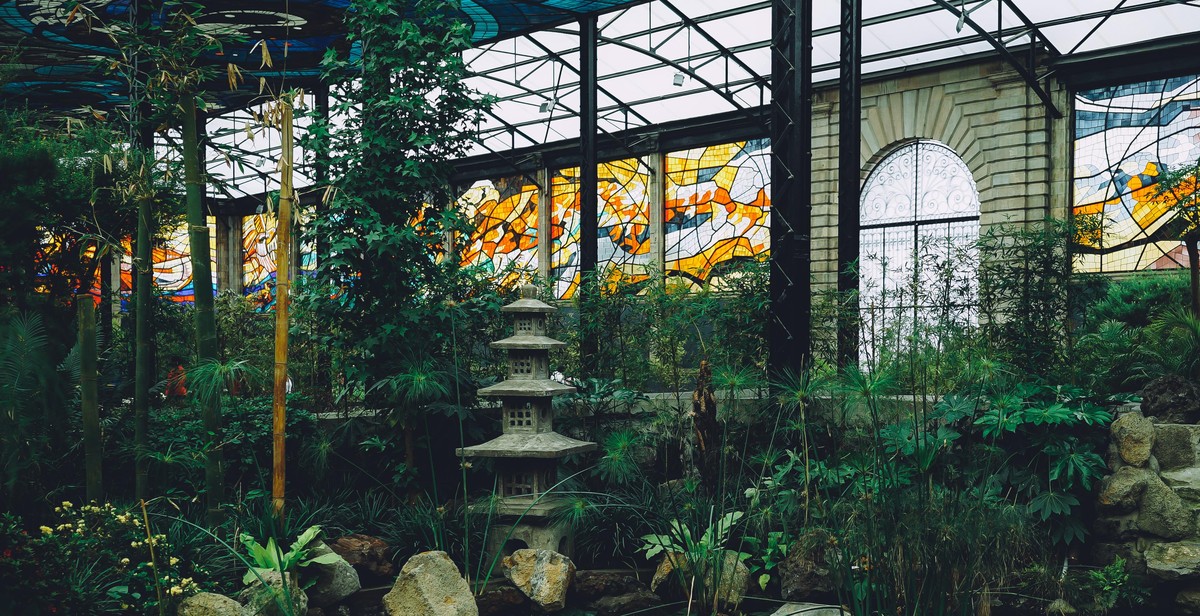
Adding Plants and Water Features
Adding plants and water features to your frog pond can create a more natural habitat for the frogs and enhance the overall appearance of the pond. Here are some tips on how to choose the right plants and water features for your frog pond:
Choosing Plants for Your Frog Pond
When selecting plants for your frog pond, it’s important to choose ones that are native to your area. Native plants are better suited to the local climate and require less maintenance. They also provide a natural food source for the frogs and other wildlife that may visit your pond.
Some great native plant options for frog ponds include:
- Cattails
- Water lilies
- Pickerelweed
- Marsh marigold
- Blue flag iris
It’s important to choose a variety of plants that offer different levels of coverage and shade, as well as plants that bloom at different times of the year. This will provide a diverse and attractive habitat for the frogs and other creatures that inhabit your pond.
Adding Water Features
Water features can add a calming and soothing element to your frog pond, as well as provide a source of water movement and aeration. Here are some water features to consider:
- Waterfalls
- Fountains
- Bubblers
- Streams
Waterfalls and fountains provide a dramatic visual element and the sound of running water can be very soothing. Bubblers and streams create gentle water movement and provide aeration for the pond. It’s important to choose a water feature that suits the size and style of your pond, as well as your personal preferences.
| Plants | Water Features |
|---|---|
| Provide natural food sources for frogs and other wildlife | Create soothing water movement and aeration |
| Offer shade and coverage for the pond | Add visual interest and drama to the pond |
| Create a diverse and attractive habitat for wildlife | Help to maintain a healthy ecosystem |
By adding plants and water features to your frog pond, you can create an attractive and functional habitat for the frogs and other wildlife that call it home. Choose native plants and a water feature that suits your personal style and the needs of your pond, and enjoy the beauty and benefits they bring.
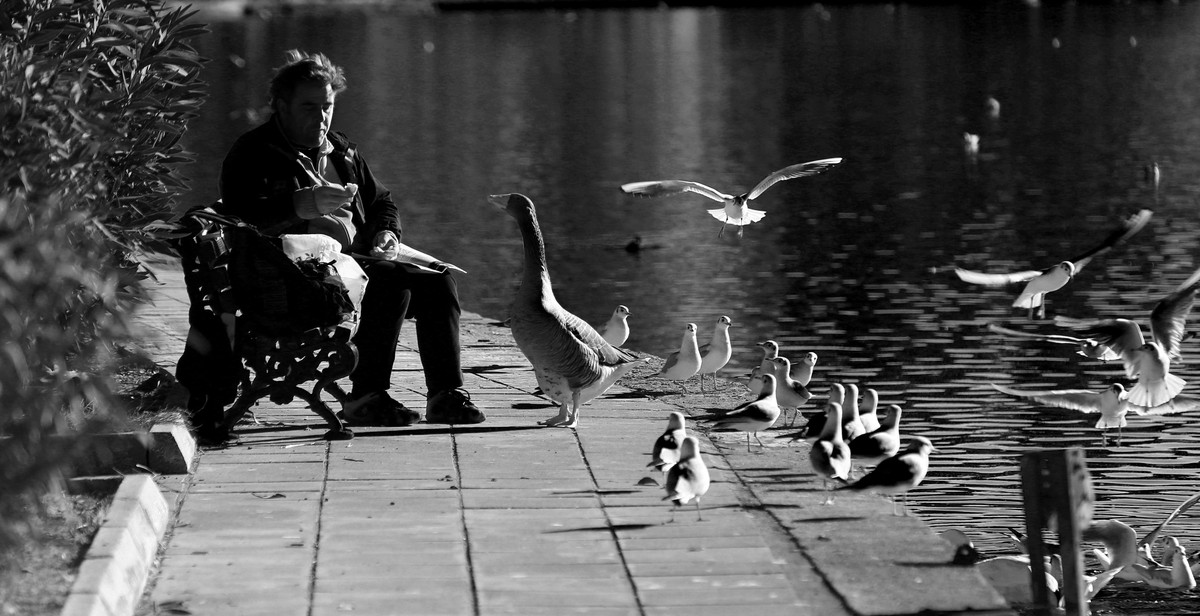
Maintenance and Care
Cleaning Your Frog Pond
Keeping your frog pond clean is essential for the health and wellbeing of your frogs. Here are some tips for cleaning your frog pond:
- Remove any debris or fallen leaves from the surface of the pond using a net or skimmer.
- Regularly check the filter and pump to ensure they are functioning properly.
- Perform a partial water change every month to keep the water fresh and clean.
- Use a pond vacuum to remove any sediment or debris from the bottom of the pond.
Regular maintenance will prevent the buildup of harmful toxins and contaminants in the water, ensuring your frogs have a healthy and clean environment to live in.
Feeding and Caring for Your Frogs
Feeding and caring for your frogs is an important part of maintaining a healthy ecosystem in your frog pond. Here are some tips for feeding and caring for your frogs:
- Provide a varied diet of live insects, such as crickets and mealworms, as well as commercial frog food pellets.
- Ensure that your frogs have access to clean, fresh water at all times.
- Monitor your frogs’ behavior and appearance to ensure they are healthy and active.
- Provide hiding places and shelter for your frogs, such as rocks and plants, to help them feel safe and secure.
By following these tips for cleaning and caring for your frog pond, you can create a thriving ecosystem for your frog friends to enjoy.
